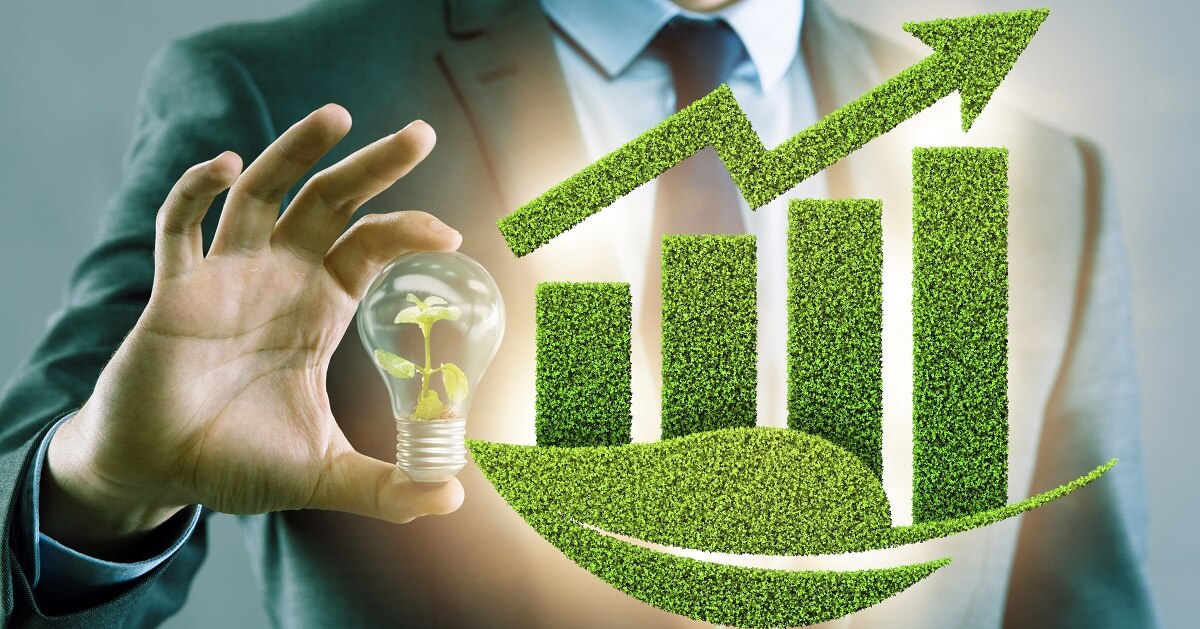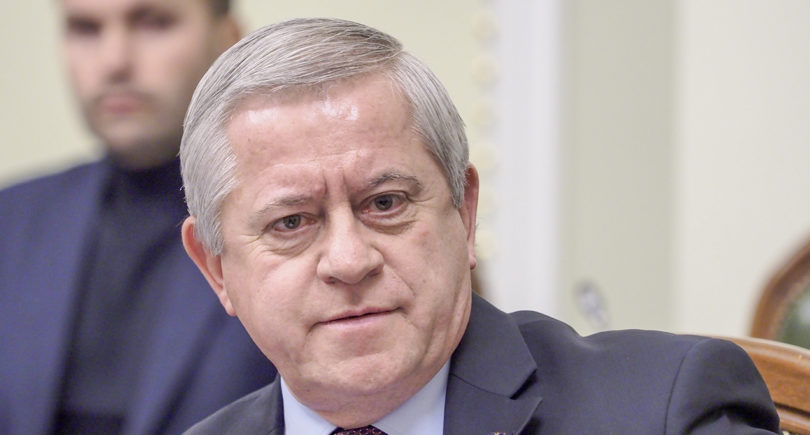
A cut in emissions is impossible if it is not backed up by economic growth
Although the EU was tempted to make the Carbon Border Adjustment Mechanism (CBAM) a bit protectionist, Ukraine’s biggest challenge is not negotiations with the EU on minimizing trade restrictions. The challenge is how to start the climate management engine in Ukraine to make it work for the benefit of economic development.
This opinion was suggested by Taras Kachka, Deputy Minister of Economic Development, Trade and Agriculture of Ukraine, Trade Representative of Ukraine, at a round table on “The impact of CBAM on the steel industry of Ukraine”. GMK Center publishes the abstracts of his speech:
— I would like to talk about two aspects of the environmental policy. The first one is trade. It is now possible to say there is a clear understanding within the World Trade Organization that neither the EU nor Canada has escaped the temptation to make the climate goals a little bit protectionist. And therefore it is very good that Ukraine and the EU have a bilateral trade project. Because in a bilateral dialogue we can quicker find a common ground on trade restrictions that could hide behind the environmental requirements.
The same goes for taxes, i.e. СО2 emission fees. The carbon price will obviously continue to rise for everyone involved. Yet at the same time it turns out that not only such heavy industries as coal-fired power generation or steel sector have a carbon footprint. Microprocessor manufacturing appears to have more adverse effects on the environment than even the steel industry.
Ukraine has a lot to offer in terms of discussions. It has a lot to offer in terms of energy efficiency and green tariffs as well. And a ‘green’ steel industry has emerged. It all sounds very cool. Yet we run the risk of some stratification between the environmental and economic growth policies. Therefore, in my opinion, we should assume that Ukraine’s major risk in terms of carbon emissions is living standards of the population. The example of cars with EU license plates shows that poor people are unlikely to care about vehicle emissions. It is more important for them to buy cheap cars. The economic development should therefore be our key target.
A cut in emissions in 2016 was due to the closure of factories and plants or due to occupation, but this was the highest possible price. Now, we have for the first time reached the understanding that we can continue reducing emissions, but we will only reduce them through economic transformations and growth. Yet it is a great mystery how it can be done. Possible options are now being discussed in the government. After all, it is one thing to declare ambitions, and another thing is to back them with real money. Any currently offered measure is therefore controversial. I do not think the most sound option is to increase the carbon tax so that to give carbon tax revenues to the same tax payers for the implementation of energy efficiency projects or reduction of emissions. A hike in environmental taxes on fuel while we are struggling to reduce its cost seems quite awkward as well.
Hence, our biggest challenge is still not the negotiations with the European Union. The biggest challenge is how to start the climate management engine in Ukraine to make it work for the benefit of economic development. To have in place means and incentivizing, not punitive, regulatory tools that offer opportunities for development.
I guess the current discussion on the shaping of our ambition for Ukraine’s Nationally Determined Contribution (NDC) under the Paris Agreement is not a discussion on our global ambition. This is a discussion on the domestic policy adjustment. We now see that the major challenge is this kind of a ‘football’ between the climate and economic wings of our government.
The main issue is that in fact the absence of economic growth, or economic stagnation, poses the major risk for the climate policy. We say we are ready and interested to reduce emissions. But this reduction is impossible without economic growth. This issue still requires a solution and discussion with the government, business community, parliament, i.e. with all stakeholders.





